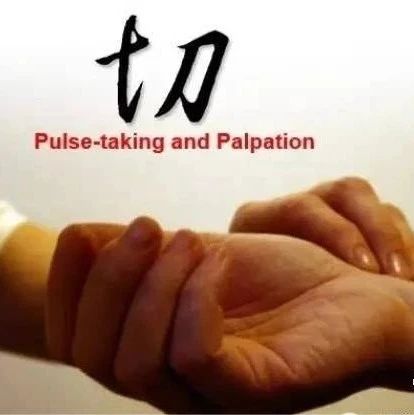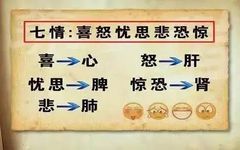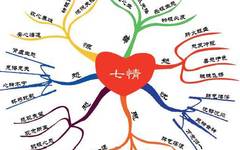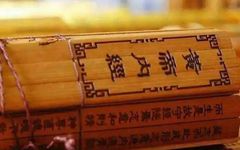Why Do Most People Have a Damp-Heat Constitution? Methods to Improve Constitution
Individuals with a damp-heat constitution (shī rè tǐ zhì) are easily identifiable by a very typical manifestation—dark complexion, as if covered with a layer of dust that cannot be washed away. Often, we can determine whether a person has a damp-heat constitution just by looking at their face. Those with a damp-heat constitution often have … Read more










